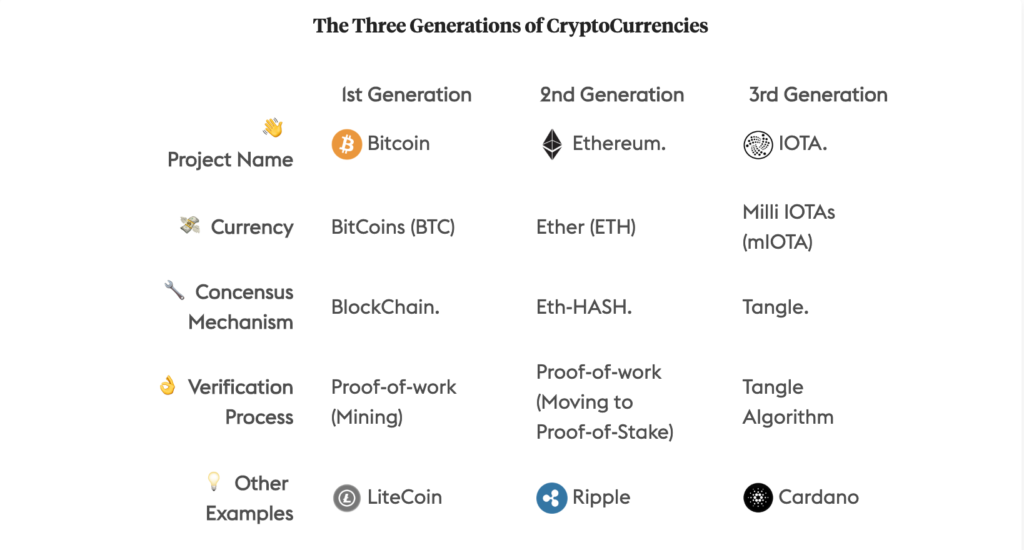In recent years, hundreds of new cryptos have appeared, all claiming to offer something a little different. Bitcoin was the first, and its value increased to around $ 20,000 at the end of 2017, subsequently collapsed more than 60% at the beginning of 2018. It took three years for Bitcoin to return to its previous high, and subsequently, at the end of 2020, doubled in less than a month. On 2021, Big companies are buying and notable Wall Street skeptics are changing their minds.
Cryptocurrency is becoming impossible to ignore.
But let's take a step back. What are cryptos, how they work and why people are so excited? You are in the right place to learn.
What is a cryptocurrency?
A cryptocurrency is a digital token. Use the cryptography (hence the abbreviated name, “cripto”) to regulate the creation of tokens, your business and your security. AND (here's the main draw for many) does not use or need a central bank or government to control or manage them.
Bitcoin was the first cryptocurrency, created by a person (or people) under the pseudonym Satoshi Nakamoto, was first introduced in October 2008 in a technical report what he called the concept “A peer-to-peer electronic money system”. The Bitcoin blockchain, the network on which Bitcoin works, It was launched in January 2009 (there are many other blockchains today).
In essence, cryptos are:
How are cryptos created?
The majority (But not all) cryptos generate new units or coins through the mining procedure. In this procedure, individuals or groups (miners) use expensive competing computers to solve complicated cryptographic puzzles to verify packets of transaction records (blocks) in the ledger.
Los mineros son recompensados ??for your efforts, and this is how the new coins are created. (On the Bitcoin blockchain, the reward for mining is halved every four years as a measure to curb the creation of new Bitcoins).
How is crypto used?
Today it is debated if cryptos truly behave like currency or if they are treated more like goods. (Some comment that they should be called “digital assets” instead of crypto). But crypto wasn't created just to be an alternative to dollars and pounds.. They can be used for many different things. These are just three examples of those that followed Bitcoin:
- Litecoin – the Litecoin blockchain was created in 2011 What fork (code modification) of the Bitcoin blockchain; Your Creator, Charlie Lee, intended to be the silver of Bitcoin's gold. Your token is LTC.
-
Ethereum: the Ethereum blockchain launched in 2015 and is specifically designed to power decentralized applications (Dapps) and smart contractson your network. Su token es Ether o ETH.
-
Filecoin: la red Filecoin, released in 2020, makes it possible to rent computer storage space, like Dropbox for the decentralized web. Its token is FIL.
Bitcoin was invented to be a form of digital money, But since then crypto has gotten more sophisticated
.
The evolution of crypto has been so fast that, to help you understand your evolution, we have created this table to show how some of the biggest cryptos try to fix different problems.

Why are there so many?
Bitcoin was the first cryptocurrency and solved some of the key problems of creating digital money. But it was not without its flaws. (Read this post on the limitations of Bitcoin). Due, developers, entrepreneurs and programmers have been busy trying to build cryptos that serve a range of different needs and solve different problems..
What is the appeal of cryptos versus government-issued currencies?
-
They are semi-anonymous
. Crypto can be designed in such a way that no one can see whose cryptocurrency it is or what it is used for, even though the transactions associated with a wallet address are publicly visible.
-
They are not controlled by a government.
. Inhabitants of unstable countries where currencies are volatile can use crypto as an alternative way to buy goods and services.
-
They do not have borders
. In the same way as the Internet, crypto can go anywhere.
-
They are safer
. Distributed ledgers are very difficult to hack as there is no centralized party in control.
-
Transactions are cheaper and faster
. Even though crypto exchanges charge fees for buying, trade or transfer your cryptos, fees are generally much lower than it costs to move money across borders in the real world, and transactions are verified much faster.
-
They can be used to make contracts.
. Crypto is not just used as a form of money. They can be used to save contracts between people and can execute these contracts automatically.
The future
We are still in the beginning of the crypto era. More coins will come and others will disappear, and some will become incredibly valuable, while others may drop to zero.
But crypto as a whole, technology and the industry that surrounds them, they came to stay.









